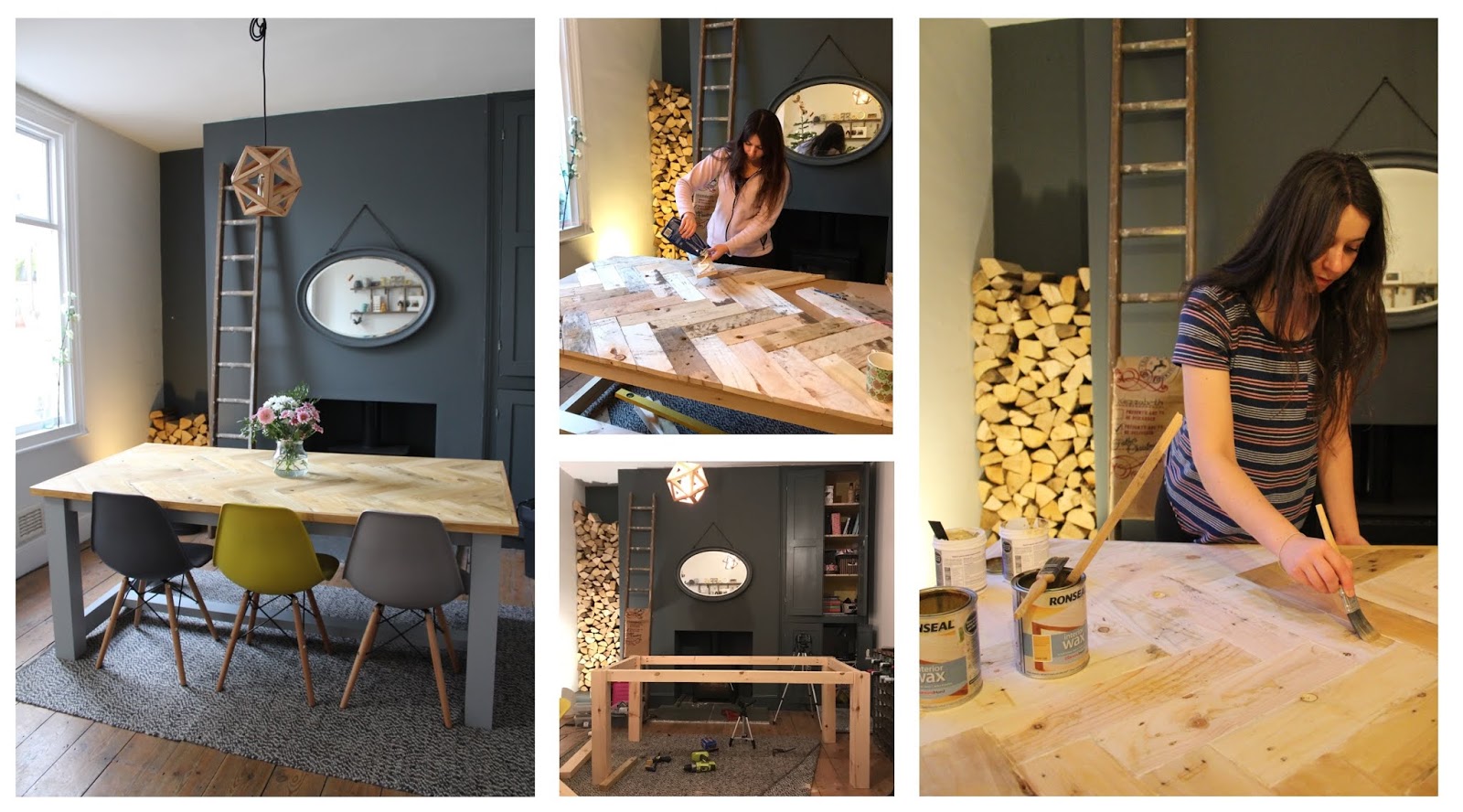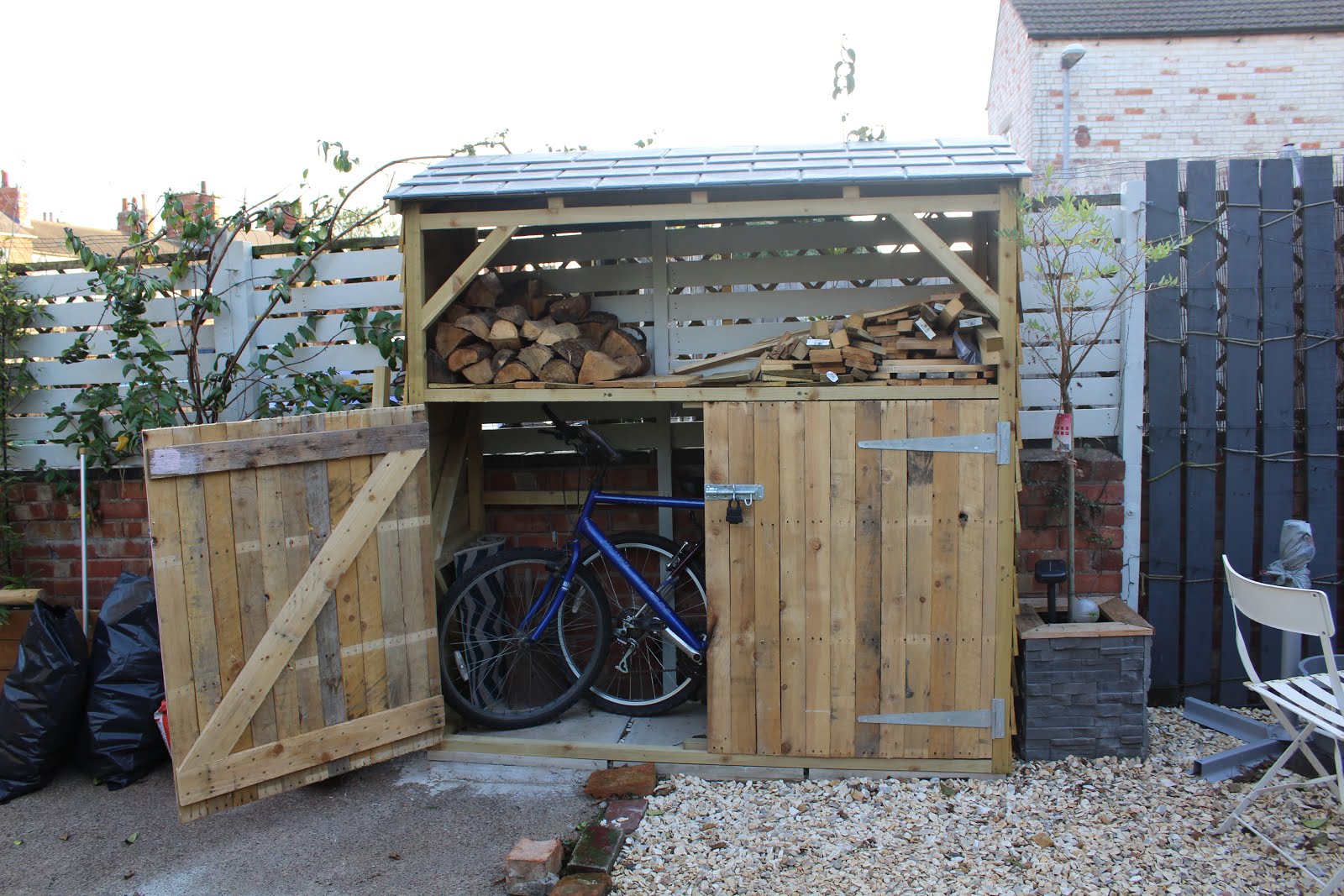One of the most hideous features of our living (aside from that floral carpet!) was the 70s style gas fireplace. It just kills the period features in the room. The cornicing, the panelling around the window; all those gorgeous original features, dominated by one giant ugly fireplace. Luckily, we had the gas to it disconnected back when we did some work in the kitchen a couple of years back (always thinking ahead!) and so now we’re renovating the living room, it was finally time for this old thing to get gone. Finally! Thank the lord!
A week or so later, we started chopping off the plaster to inspect the brickwork beneath and start opening it all back up. I say *we*, but actually, Grant did all the work whilst I took a rest for the day and basically took all the photos 😉 He used our trusty SDS drill with a chisel attachment which makes the job a thousand times quicker and easier…
And just like that, we now have one giant arched chimney opening in our living room. Isn’t it glorious?! It’s made the room feel so much bigger now there isn’t a giant gas fireplace sticking out from it. It adds depth to the room, has given the chimney breast a focal point rather than just being a giant box in the room and the sooted up bricks show off the age and character of this building. Needless to say, I love it!
The plan is to keep the brickwork inside the chimney exposed although it will need to be cleaned up a little so the soot isn’t constantly staining everything or falling off. But generally speaking, I like it rustic just as it is, imperfect mortar and all. We’ll patch-plaster around the opening where we’ve chopped off too much plaster and we’ll also fit a new hearth (plans for that will be revealed soon!) so that it will be log-burner ready for the much distant future.











11 Comments
Really interesting as I’m hoping to do the same. And I’ve just stuck my phone up the chimney to see i to have an arch. Why did you open it up from just below the arch, instead of from the top of existing hole to arch?
Hey Mark!
We opened up the chimney from just below the arch because this is the most cautious way to do it. The arch provides support to all the brickwork above (basically the rest of the chimney), but the brickwork above the hole lower down (between the hole and the arch) was essentially unsupported. If we’d started removing more bricks at the bottom, the bricks above between the hole and below the arch would have become more and more unsupported and therefore could have all fallen down in one go. It may have made the job quicker if that happened, but more likely to damage floor/hearth below and make a lot more mess! Providing the arch is in good condition and working properly, we feel it’s always best to start at the top and work your way down.
Hope that answer makes sense!
I have this exact same fire and surround and am getting a more modern one but save for having the gas fire taken out I’m hoping to remove the surround myself. Was it easy to take off? If you email me I’ll send a photo
Yes – fairly easy! We had the gas disconnected and then the front just pulls out – I think it was only hold against the wall by a couple of screws!
Hi, I have a very similar situation to yourself where we had a gas heater removed from chimney breast-today I have taken the plaster off and there is an arch. No metal lintel underneath just bricks beneath the arch. The bricks in the arch itself look the same as yours, brick on edge cut in half due to thickness of wall. I have taken most of the bricks out beneath the arch but am a little concerned as the arch doesn’t reach over the column either side if you know what I mean. Looking at your picture this looks the same as yours to be honest. Would you have any concerns about this?
Hey! I’m not 100% sure I know what you mean – but I’ll link this article that talks about different types of arches (shape-wise) and how they provide structural support – might help you assess yours for any concerns!
https://www.localsurveyorsdirect.co.uk/arches-and-lintels-part-1-arches#:~:text=Arches%20and%20lintels%20are%20found,selecting%2C%20specifying%20and%20assessing%20them.
I’m so glad I found this, my fireplace is exactly the same, it has a brick arch lintel, and a metal lintel bellow it. I’m worried that the metal lintel bellow was supporting the brick one above it!
Glad it was helpful! I’d probably get a builder to check the condition of your brick arch – it could have been installed to add support if the arch was failing or if there’s any other issues with the chimney! Good luck with your project!
Hi Can you tell me how to clean the burnt bricks to stop the smell of ash,
Hi! I’ve seen others use brick acid for this so that might be worth looking at? Never used myself though I’m afraid!
Simply buy and apply SBR+ and coat liberally as per instructions on container! This will seal permanently, wether for plastering or left to be aesthetically pleasing! I find that washing/brushing with a stiff bristle brush first, whilst spraying down with a mixture of liquid detergent and brick/patio cleaner fluid will pre-prep perfectly! This will also stop soot bleed-thru into any painting done subsequently if required!? Hope this helps,cheers!